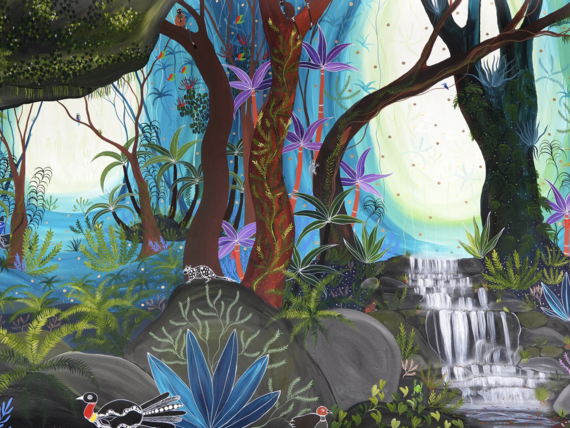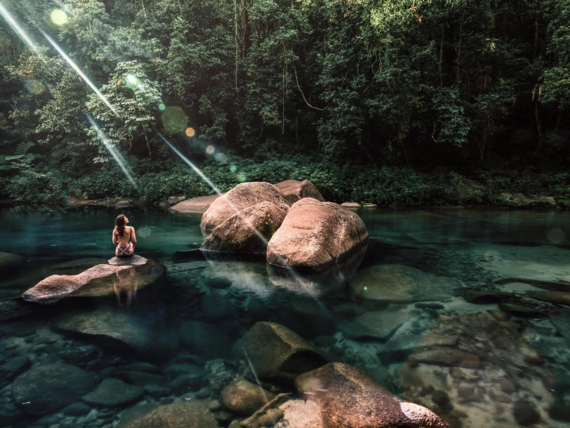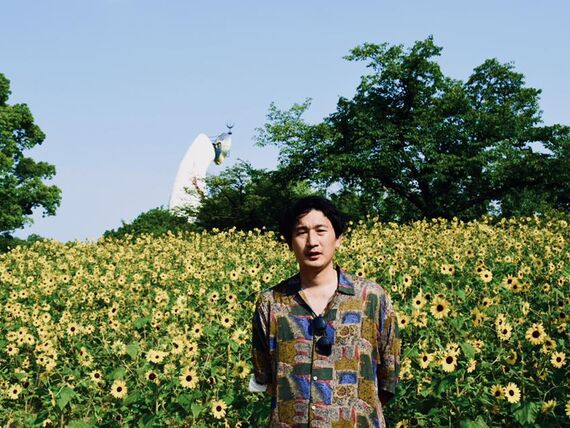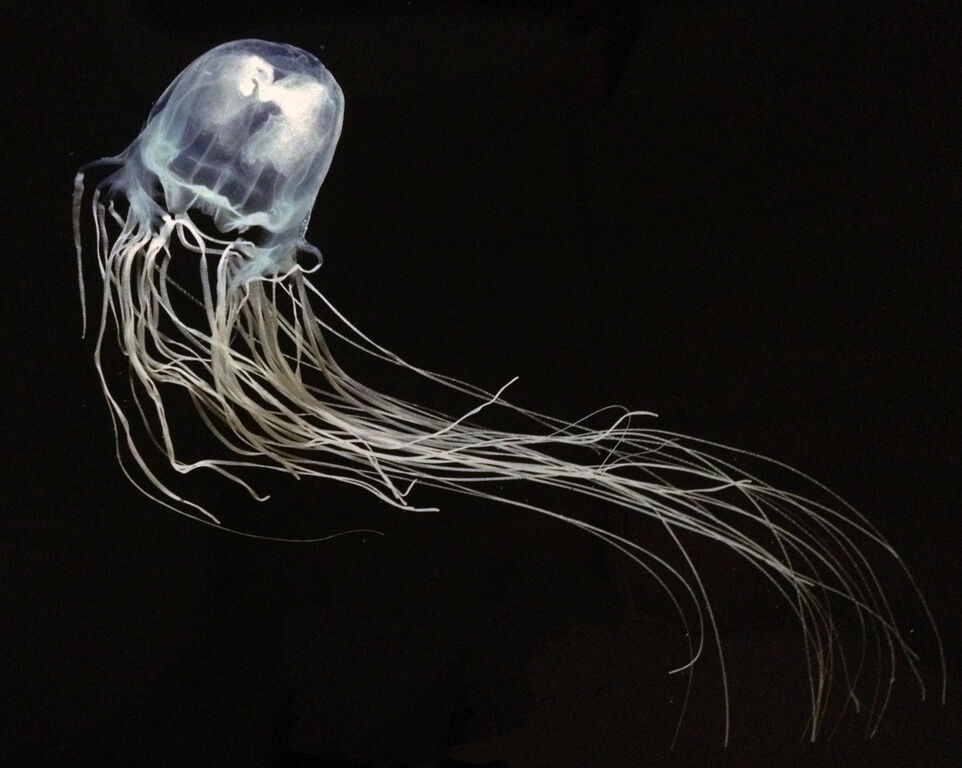
While local Indigenous people have been wary of entering the water over the wet season for thousands of years, the medical establishment had no idea marine stingers were causing deaths and sickness among beachgoers until fairly recently.
Two men made the breakthroughs: radiotherapist, toxicologist and natural historian Dr Hugo Flecker and military commander, GP and toxicologist Dr Jack Barnes.
Recorded deaths go back as far as 1885, when a boy named Frederick William died after being stung by a swarm of jellyfish in a Townsville creek.
However, it wasn’t until the 1940s that Flecker and others realised the jellyfish responsible for severe stings were box-shaped.
Identifying the box jellyfish was much easier than the tiny Irukandji because victims often died with tentacles wrapped around them.
In 1955, when a five-year-old boy died after being stung at Cardwell, Flecker got out his net and found three types of jellyfish.
One he couldn’t identify was sent to medical zoologist Dr Ronald Southcott in Adelaide, who was able to confirm it as a new genus and named the species Chironex Fleckeri, or the box jellyfish.
Finding the culprit for Irukandji syndrome (named after the Traditional Custodians of the Cairns Northern Beaches country), was more difficult.
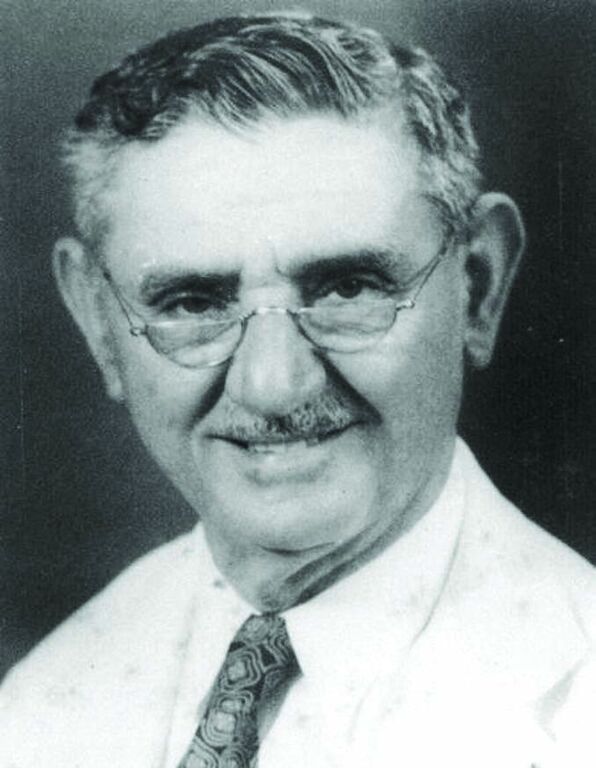
Flecker suspected a jellyfish was to blame and began asking for help from the public to catch a specimen.
“His appeal followed six stinging cases reported during the weekend – a man, two girls and two boys at Yorkeys Knob on Saturday and a man at Palm Beach (Cove) today,” a 1954 Cairns Post report said.
"Efforts to identify the fish responsible have failed, for not one specimen has been collected."
Lifesavers were roped in to help and lo and behold, another new marine stinger was identified.
Finding proof that this tiny jellyfish could cause Irukandji syndrome came later, though.
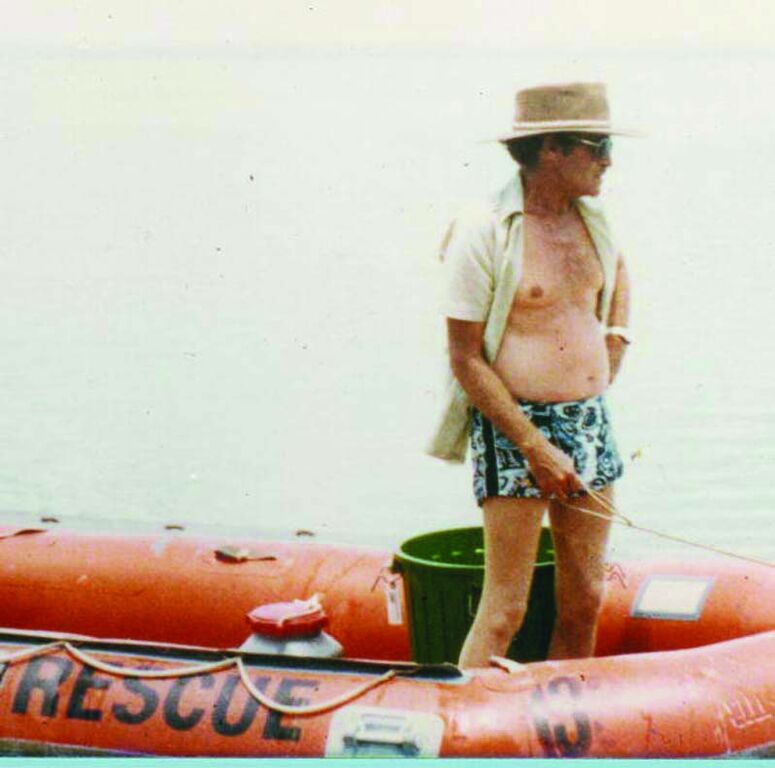
After Flecker’s death in 1957, Dr Jack Barnes inherited his research.
The detective work was taken to the next level when Dr Barnes caught a live specimen and allowed it to sting not just himself, but also his young son and a lifeguard.
“The lad reported mild abdominal pain twelve minutes after being stung,” Barnes wrote in the Medical Journal of Australia.
##PQ##
"All had abdominal and back pain, pain in the anterior chest wall with some difficulty in breathing, and diffuse aches in muscles and joints.
"It was agreed that movement did not relieve symptoms, nor did pressure and rubbing.”
The tiny jellyfish was given the scientific name Carukia barnesi.
Dr Barnes went on to figure out how to extract venom from the Chironex fleckeri, leading to the development of an anti-venom.
There is no similar antidote for Irukandji stings.
This story originally appeared in Tropic magazine, Issue 35, in partnership with the Cairns Historical Society.



